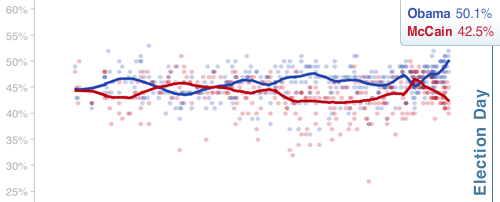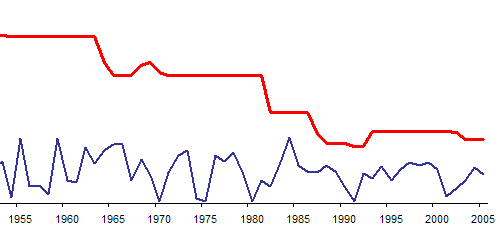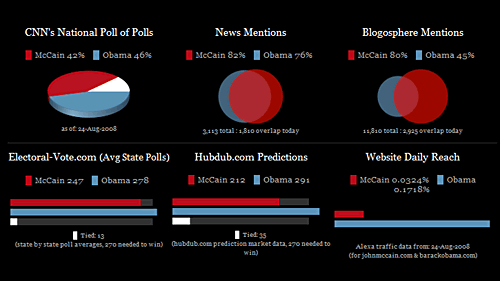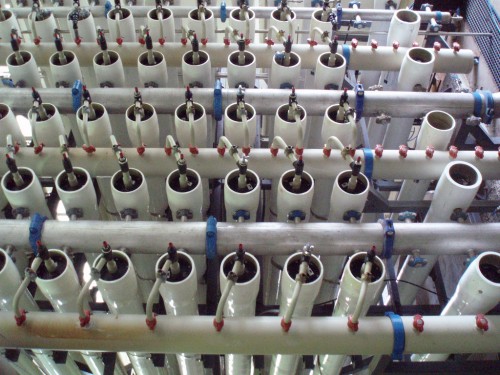Don’t ask me silly questions
I won’t play silly games
I’m just a simple choo choo train
I’ll always be the same
I only want to race along
Beneath the bright blue sky
And be a happy choo choo train
Until the day I die
–Blaine the Train
On November 4th, the people of Marin and Sonoma will get another shot at getting the funding for the Sonoma-Marin Area Rail Transit (SMART) up and running. This failed very narrowly two years ago when gas was about a dollar a gallon less around here, so there is a good chance that the curmudgeons that squeezed out just enough votes to deny the needed 2/3 majority will be on the losing side of economic momentum this time around. This is Measure Q, and I’ve already marked it “yes” on my absentee ballot. Hope you did the same.
All of California will also get a chance to weigh in on Proposition 1a, a high-speed rail bond intended to provide bullet-train service along a largely pre-existing right-of-way corridor all the way from the Sacramento, through the Bay Area, and down to Los Angeles. It isn’t cheap, but it is a massive infrastructure improvement that should help ease the crowding at some of our busiest airports, and take some burden of long-haul corridors like I-5 and Hwy 99, which see a lot of pass-through traffic. Unlike most of the recent bond measures, which I habitually vote against, this is a proper use of bonded debt: to build infrastructure that will help reduce future costs to the people and state, encourage economic development, and produce something that will be in use long after the bond is repaid. Prop 1a gets a thumbs-up from me as well.
In the interest of full disclosure, I must admit that I have a (nearly) three-year-old son and would love to buy him two big choo-choo sets to play with. Also, I’d much rather kick back and read a book than drive for eight hours to visit my nephews and niece down in Long Beach.







